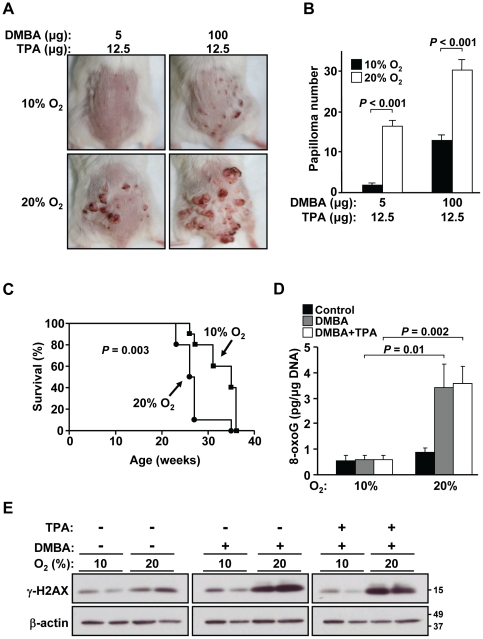Figure 5. Ambient oxygen promotes chemical skin carcinogenesis.
A. Decreased skin papilloma formation using the two-stage chemical skin carcinogenesis model in 10% compared to 21% ambient oxygen. Representative images are shown for standard (5 µg) or high (100 µg) topical dose of DMBA followed by chronic TPA application. B. Decreased papilloma number per mouse in 10% compared to 21% oxygen. Data shown as mean ± SEM, with n = 10 to 15. C. Increased median survival time to tumor endpoint in 10% compared to 21% oxygen by Kaplan-Meier survival analysis. The standard dose of DMBA followed by chronic TPA application was used until the defined tumor endpoint of papilloma size(s) exceeding 2 cm in any dimension, significant ulceration or rupture of tumor, moribound state, or death. 10% oxygen, n = 10; 21% oxygen, n = 10. D. Decreased oxidative DNA damage quantified by 8-oxoG ELISA in DMBA treated skin tissue of mice in 10% compared to 21% oxygen. DMBA (100 µg) and TPA (12.5 µg) were applied according to skin per protocol, animals were exposed to the indicated oxygen conditions, and skin tissue was harvested prior to the development of papillomas at 7 wk. Absolute value of 8-oxoG (pg/µg genomic DNA) shown as mean ± SEM, with n = 3. E. Confirmation of decreased DNA damage by protein levels of γ-H2AX in skin tissue from treated mice in 10% compared to 21% oxygen. β-actin serves as protein loading control and samples are shown from two separate animals for each condition as duplicates.

